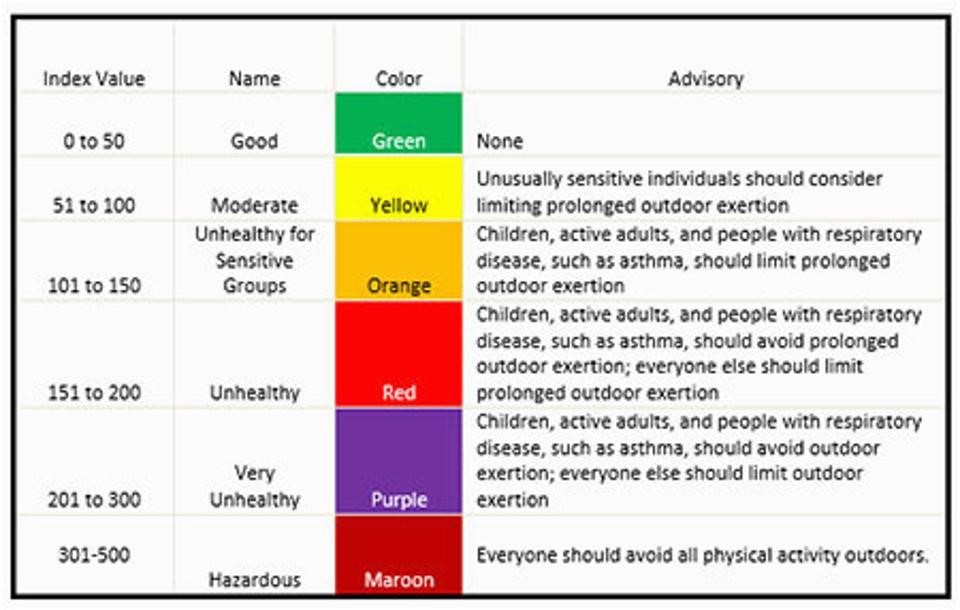[ad_1]
GS Paper 3
Topics Covered: Conservation and Pollution related issues.
Context:
The Supreme Court is all set to go into an affidavit filed by the environment ministry last October on the use of so-called green and improved fireworks — hearing a case that could well decide whether this Diwali will see fireworks.
What’s the issue?
The Ministry of Environment, Forests and Climate Change (MoEFCC) has informed the court that a lot of research and development has gone into this field following the court’s October 2018 judgment. It urged the court to consider the various proposals and formulations on green/improved crackers that the ministry has come up with in its affidavit filed before the court in October 2020.
The judgment:
The court’s October 23, 2018 judgment banned the sale and production of firecrackers in Delhi-NCR and regulated the use of firecrackers across the country.
- Barium-based firecrackers were specifically banned.
- Online sale of firecrackers has been completely banned.
The verdict had come in response to a plea seeking a ban on manufacturing and sale of firecrackers across the country to curb air pollution.
Recent observations made by the Supreme Court on the use of firecrackers:
- The Supreme Court said it cannot infringe the right to life of other citizens “under the guise of employment of few” while considering a ban on firecrackers.
- Have to strike a balance between employment, unemployment and right to life.
How do firecrackers work?
Firecrackers use fuel and oxidisers to produce a combustion reaction, and the resulting explosion spreads the material in a superheated state. The metal salts in the explosive mix get ‘excited’ and emit light.
What is the controversy?
Metals in the mix, which have a varying arrangement of electrons in shells outside their nucleus, produce different wavelengths of light in this reaction, generating spectacular colours. But as many studies show, the burning of firecrackers is an unusual and peak source of pollution, made up of particles and gases.
- One study in Milan, Italy, quantified the increase in the levels of several elements in the air in one hour as 120 times for Strontium, 22 times for Magnesium, 12 times for Barium, 11 times for Potassium and six times for Copper.
- The Central Pollution Control Board conducted a study in Delhi in 2016, and found that the levels of Aluminium, Barium, Potassium, Sulphur, Iron and Strontium rose sharply on Deepavali night, from low to extremely high.
- Similar episodic spikes have been recorded in China and the U.K. Pollution from firecrackers affects the health of people and animals, and aggravates the already poor ambient air quality in Indian cities.
This has resulted in litigation calling for a total ban on firecrackers, and court orders to restrict the type of chemicals used as well as their volume. Many crackers also violate legal limits on sound.
Can green crackers make a difference?
The Council of Scientific and Industrial Research, through its National Environmental Engineering Research Institute (CSIR-NEERI), Nagpur, has come out with firecrackers that have “reduced emission light and sound” and 30% less particulate matter using Potassium Nitrate as oxidant.
- These crackers are named Safe Water Releaser, which minimises Potassium Nitrate and Sulphur use, but matches the sound intensity of conventional crackers, Safe Minimal Aluminium , where Aluminium use is low and Safe Thermite Crackers with low Sulphur and Potassium Nitrate.
Need of the hour:
While deciding on a ban on firecrackers, it is imperative to take into account the fundamental right of livelihood of firecracker manufacturers and the right to health of over 1.3 billion people of the country.
Insta Curious:
Do you know what gives colour to the firecrackers? Reference: read this.
InstaLinks:
Prelims Link:
- What are Green Crackers?
- Main products used in their manufacturing.
- What gives colour to the firecrackers?
Mains Link:
What are Green Crackers? Discuss their significance.
Sources: the Hindu.
[ad_2]


